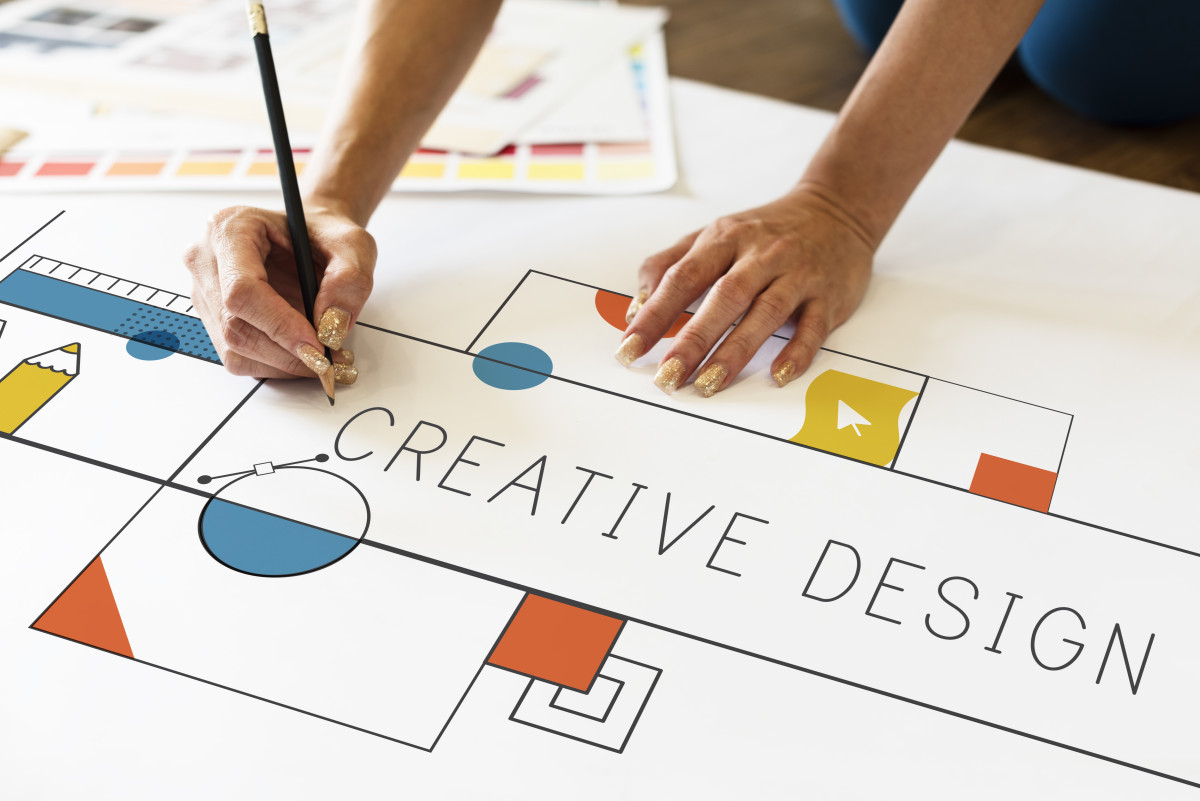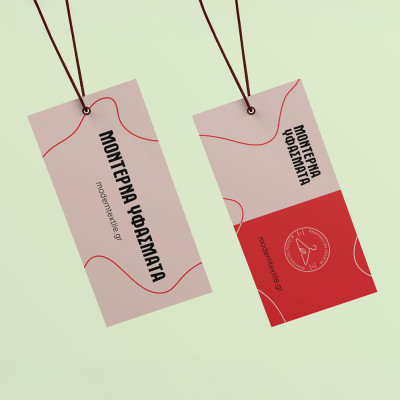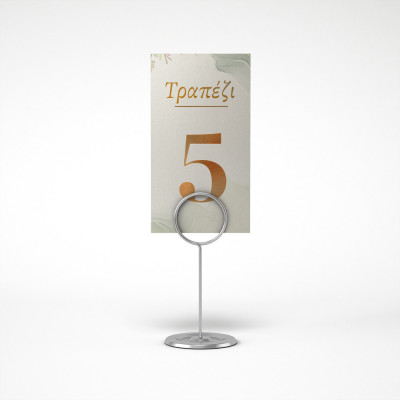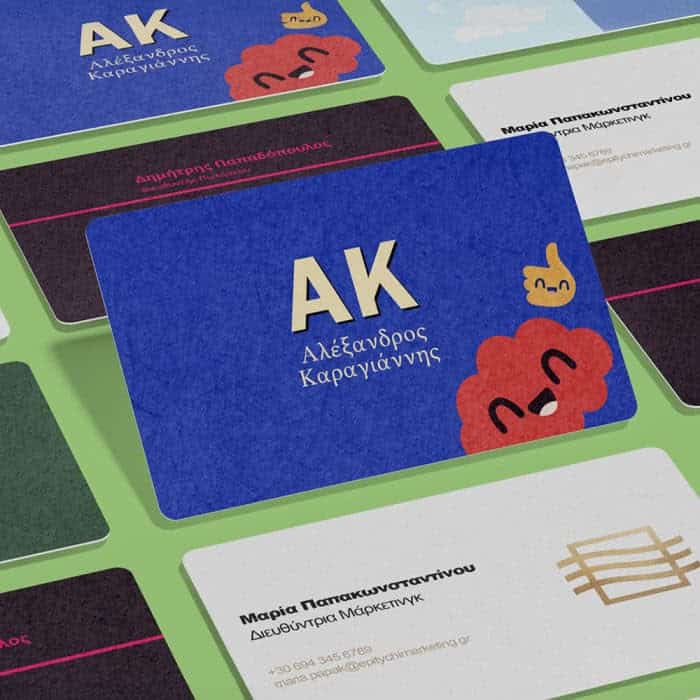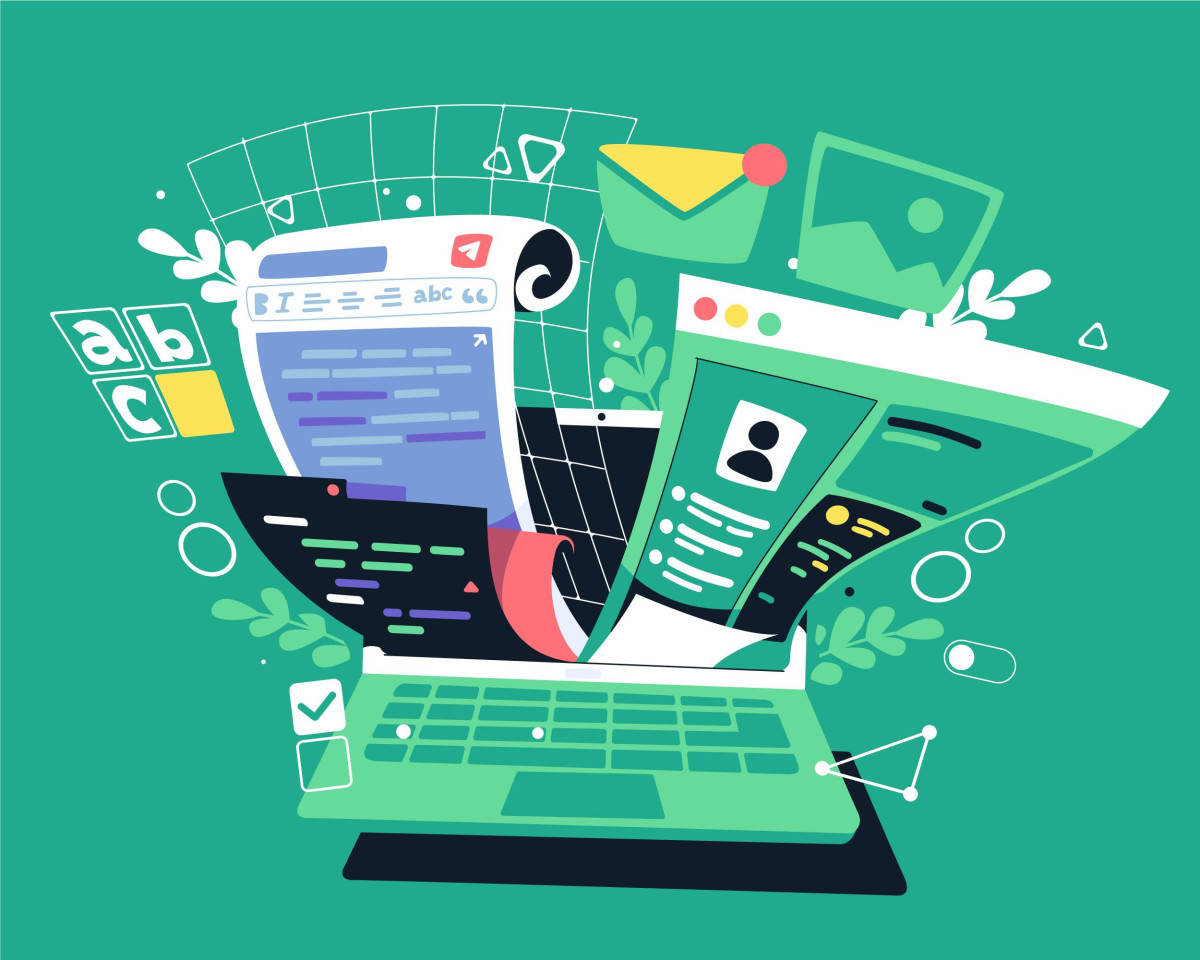If you’re among the companies that recognize the power of printed materials, you’re surely using their potential not only on special occasions but also in your regular campaigns and customer communication.
Advertising has many channels, but its advantages are not limited to digital interaction. It is far more convenient and engaging for your clients to hold in their hands printed materials designed specifically for them — featuring your brand’s distinctive symbols, messages, and colors.
A creative way to engage the senses of your loyal and potential customers can become one of your strongest tools for building trust. At the forefront of this process, with its powerful impact, stands the design of your printed materials.
You must stand out in the market and be unmistakably recognizable among competitors.
The golden formula for design selection consists of three key elements — it must be effective, functional, and aligned with your brand colors. Regardless of the type of materials, they should reflect your overall brand concept or at least complement one another. This rule applies not only to recurring brochures, flyers, stickers, and packaging but also to short-term promotional materials.
The Impact of Design
There are numerous reasons proving the importance of design:
A remarkable design sends a strong, charged signal that directly influences the perception of your company and its activity;
In the opposite case, the result may be disappointing — or worse, even negative;
Advertising materials serve as your business card — they reflect the value and image of your brand;
Communication with your audience is a decisive step toward building loyalty, and printed products help inform, greet, offer discounts, and support social causes.
Visual Design Supports the Content
If valuable content is not presented in the right visual form, it will fail to fulfill its purpose.
Pay attention to every element you plan to print — the name, logo, slogan, contact details, and social media profiles.
Stay true to your brand identity when finalizing your color and design choices. Even if you’re just beginning to develop your visual standards, consistency is key to reinforcing your message and expressing your brand’s character.
Make sure your color palette aligns with the nature of your business and its distinctive traits. Every shade has a specific psychological impact — it can either inspire your audience or leave them indifferent.
Recommended Design File Formats
The preparation of design files for printing goes through several stages — creative execution, proper formatting, and ultimately, achieving a polished final result.
It is advisable to process your files carefully to ensure the desired quality and satisfaction.
Most printing houses work with a wide range of file types, but it’s best to stick with PDF, JPEG, PNG, or GIF.
JPEG files are suitable for photos — they should have high resolution and be uncompressed.
PDF files work well for tables, blueprints, or text and can also combine graphics and photography.
Proper file sizing is crucial — it can either enhance or ruin your design goals. Verify dimensions and consult your print provider about the recommended parameters.
Be cautious with every additional adjustment to ensure that files can be edited later if necessary or are provided in a format that allows flawless printing — exactly as you envisioned.
